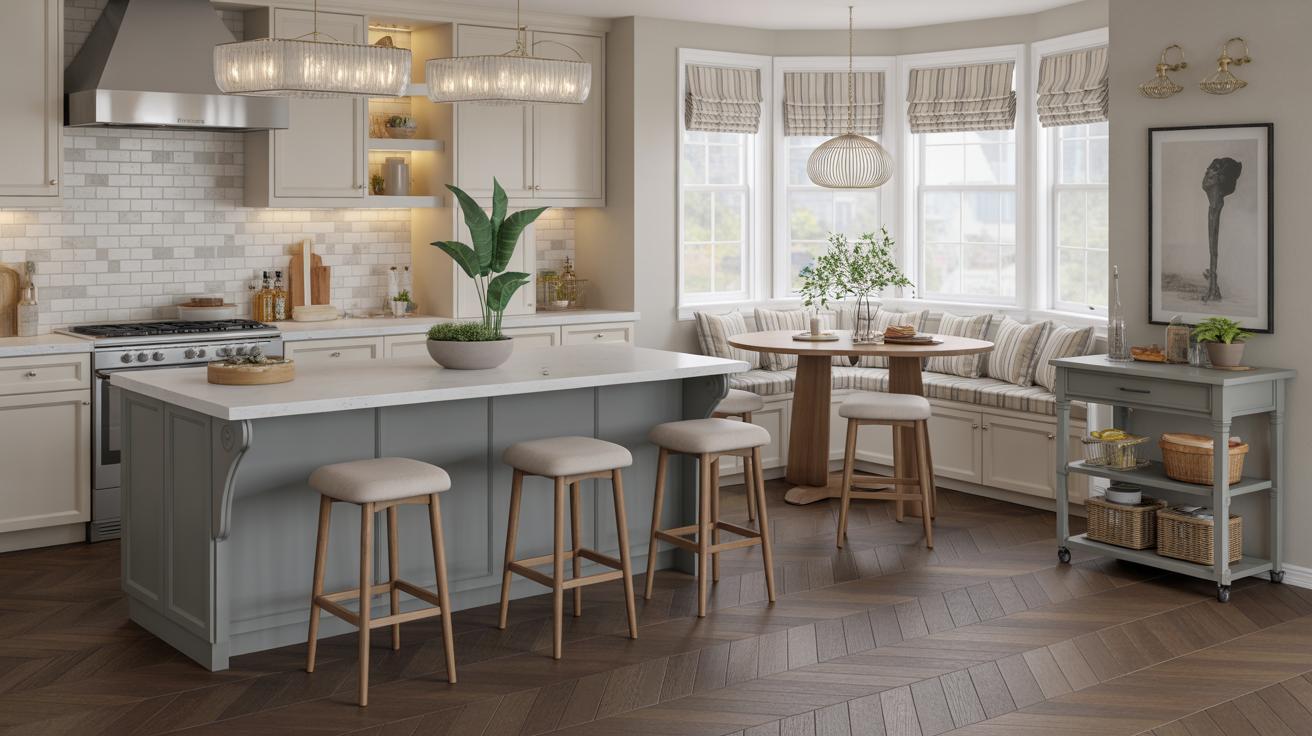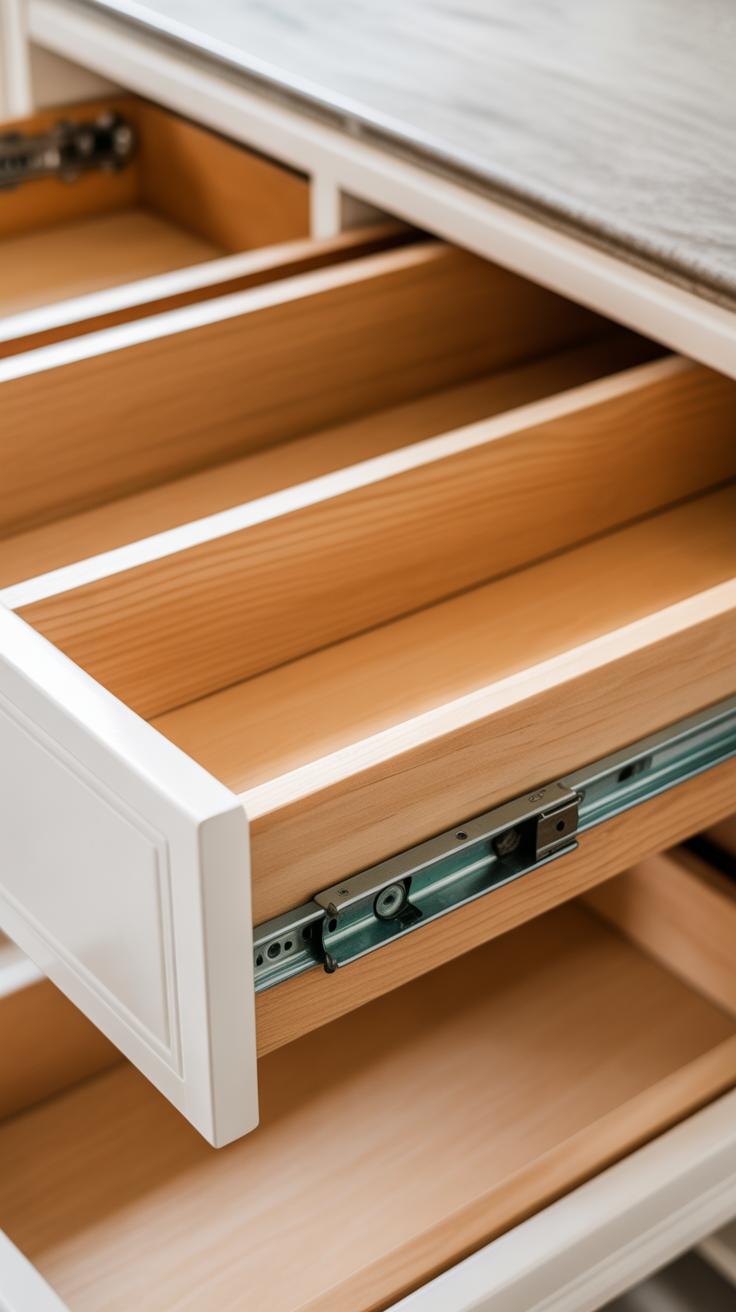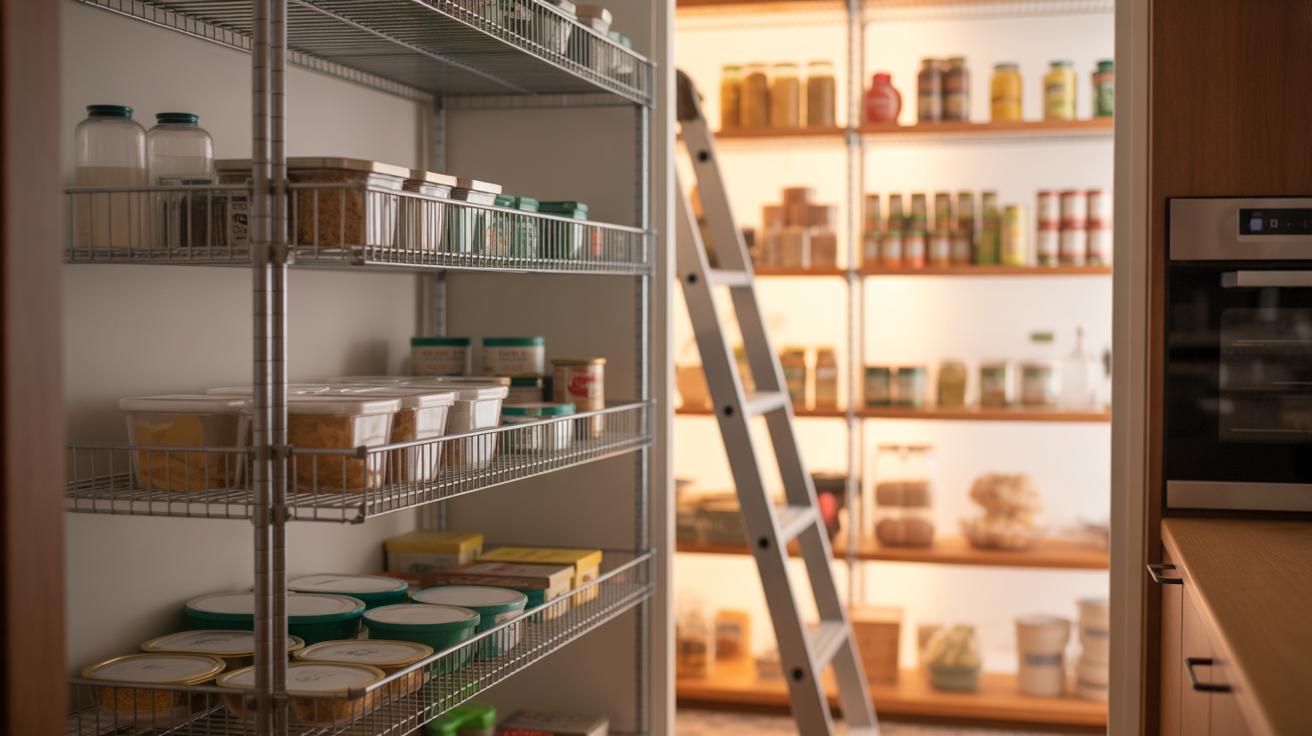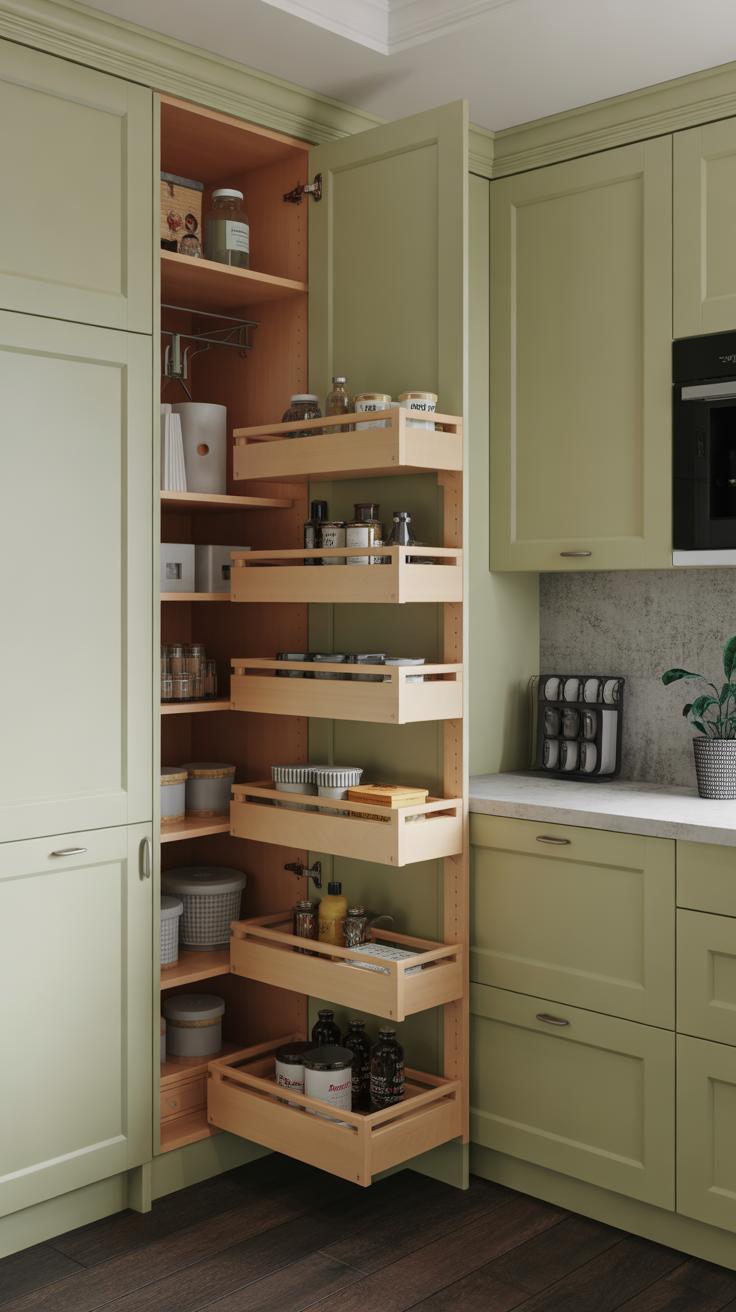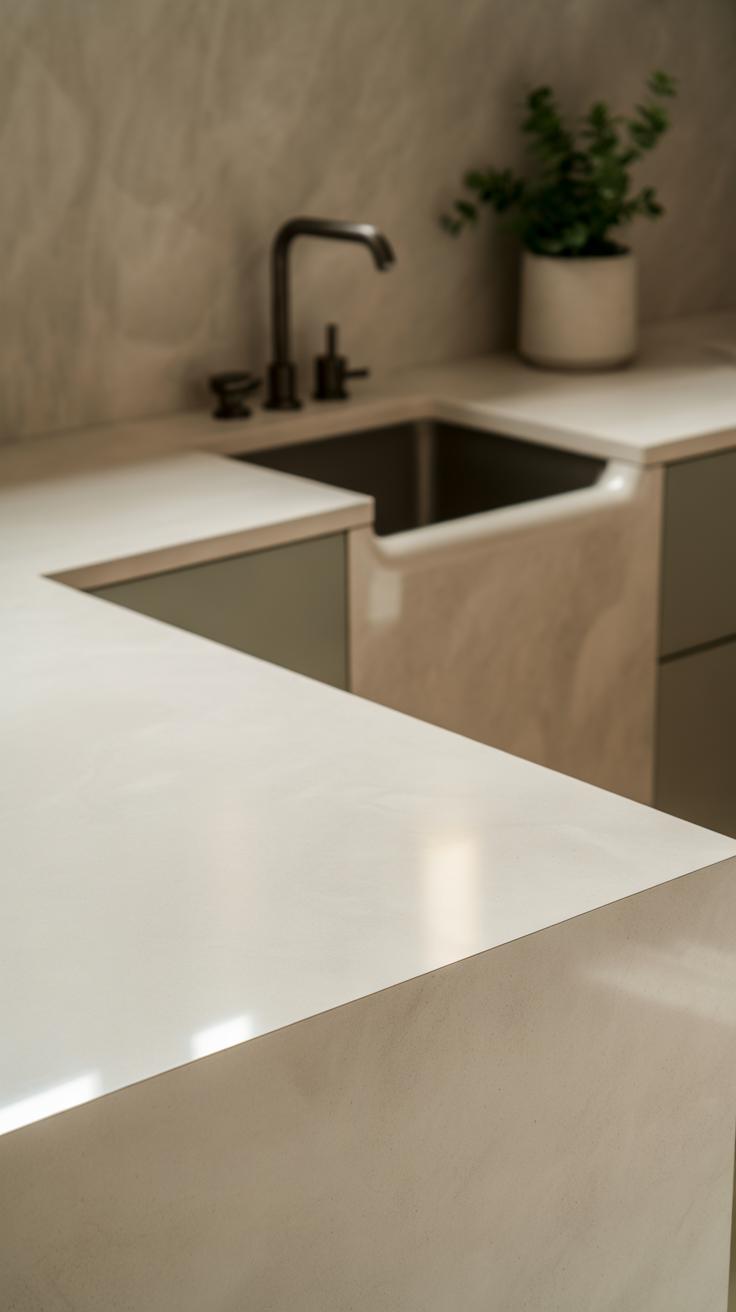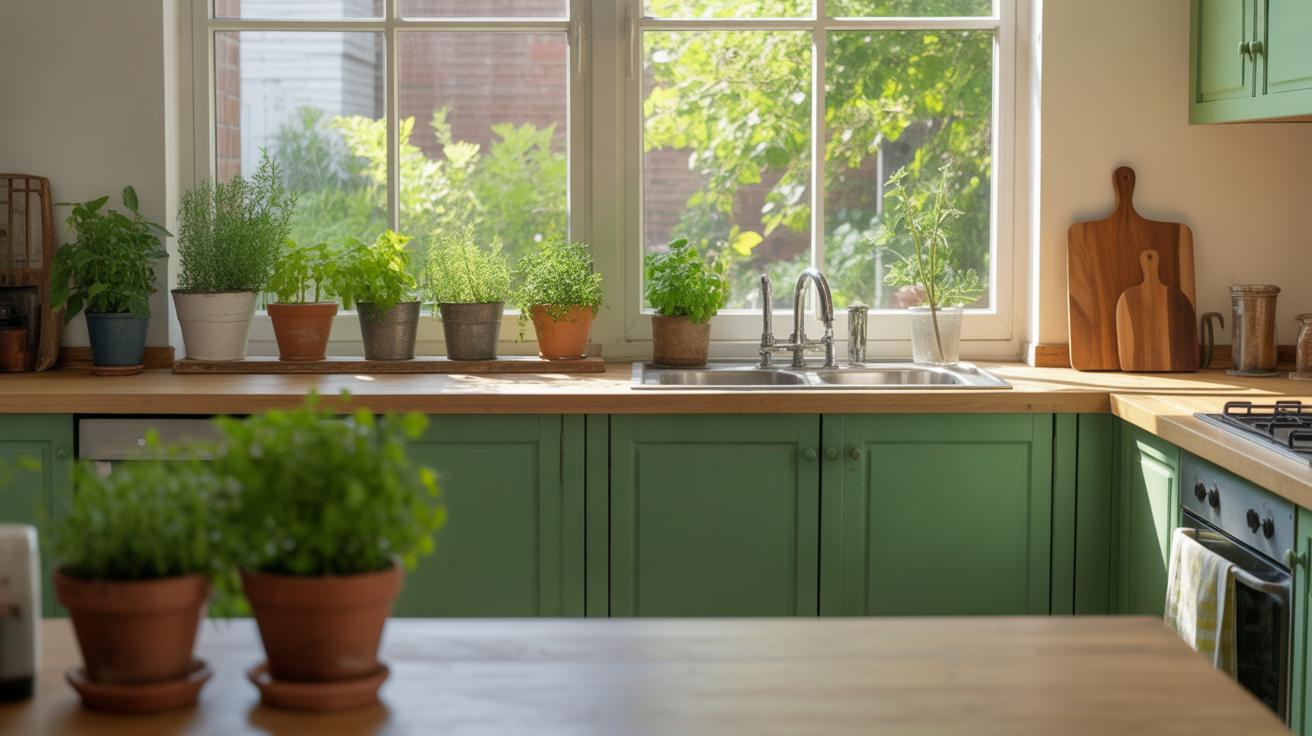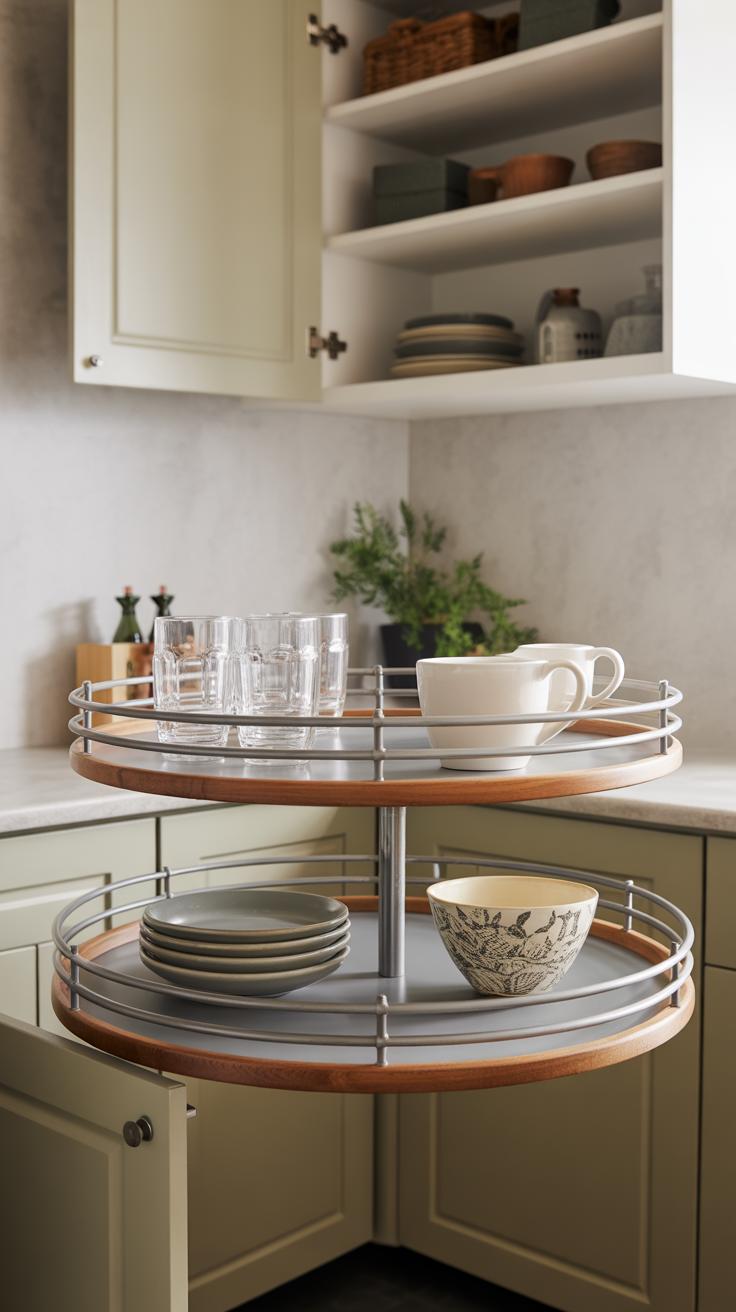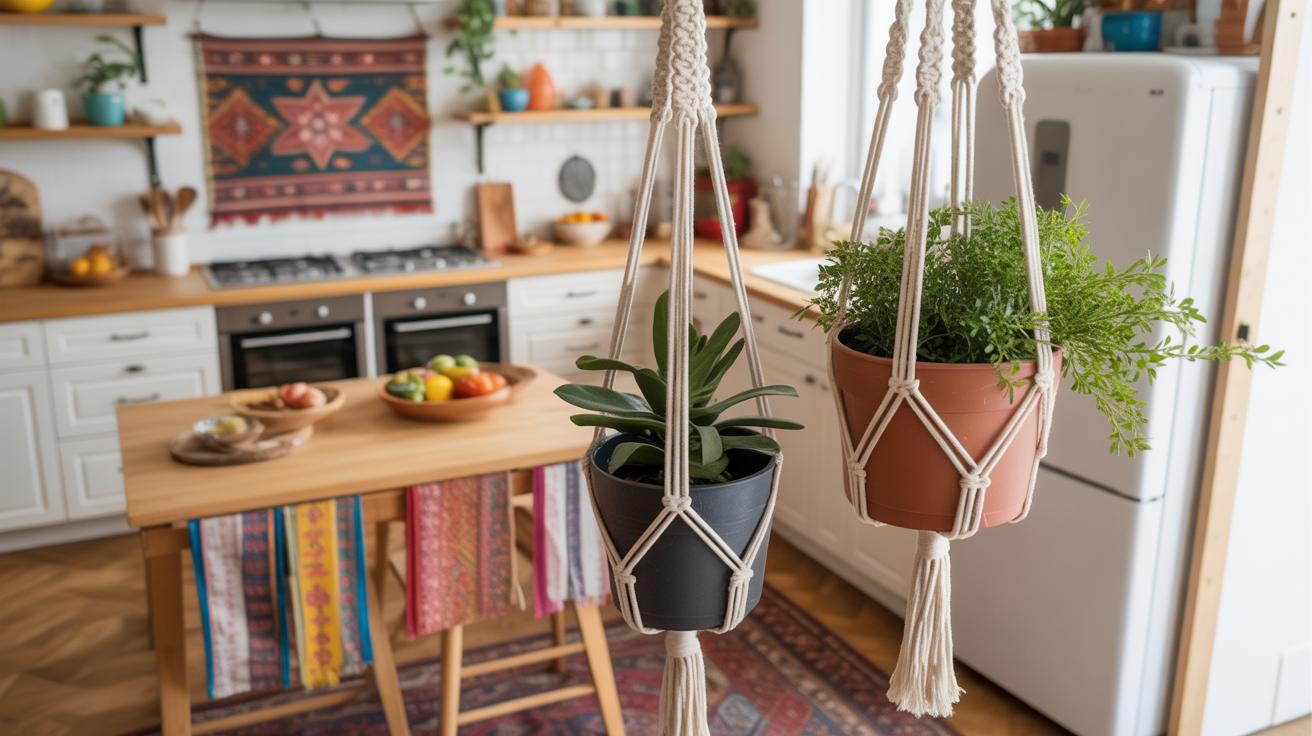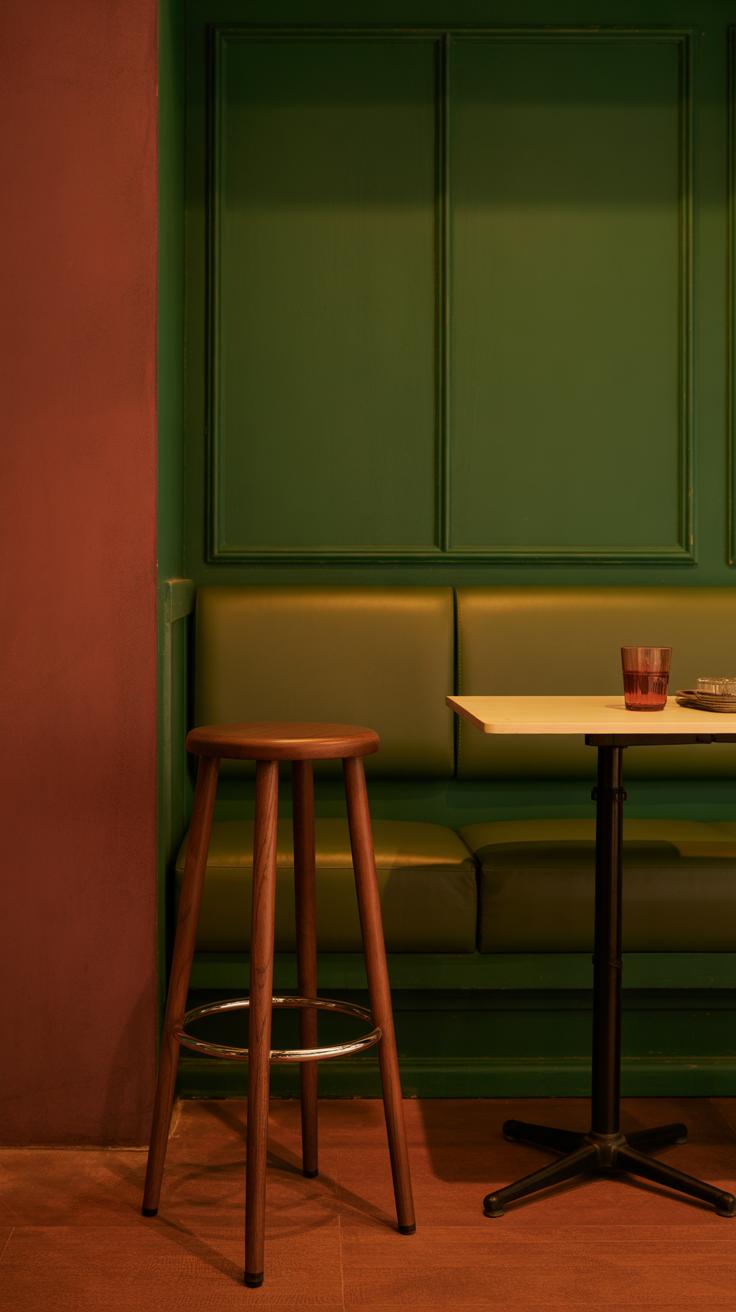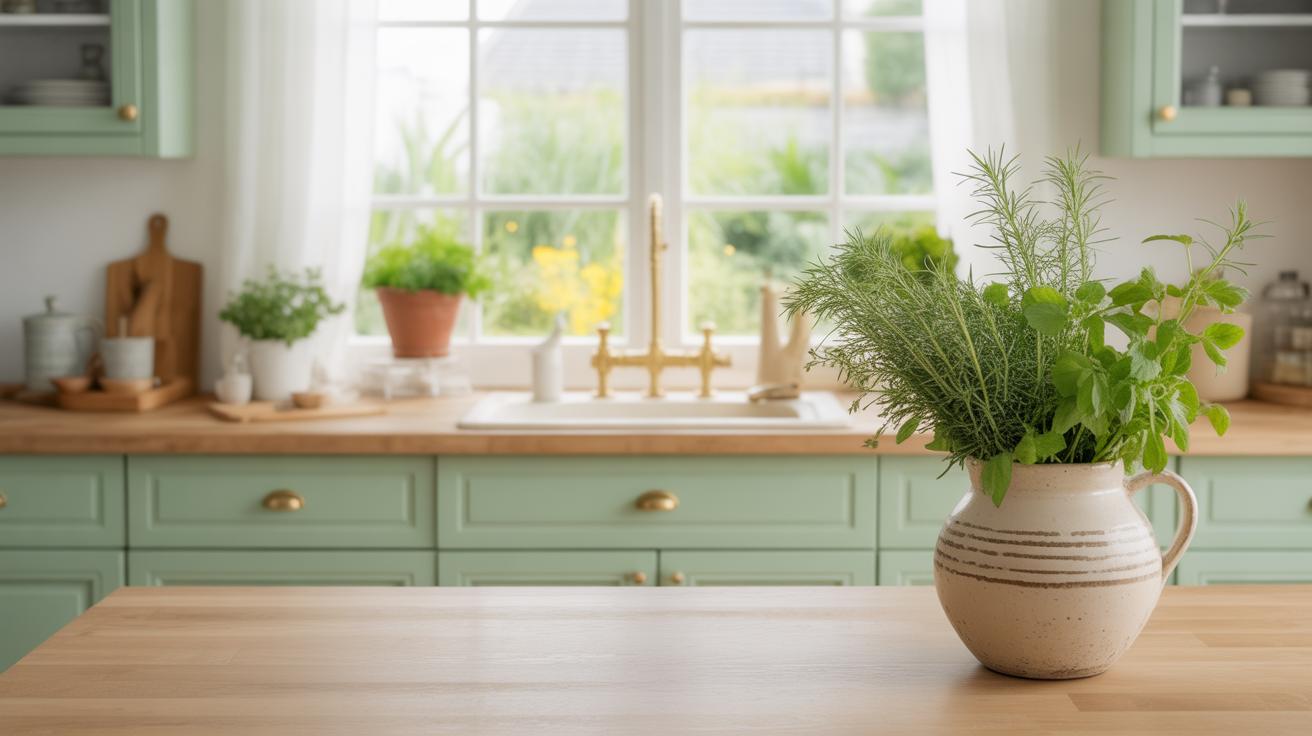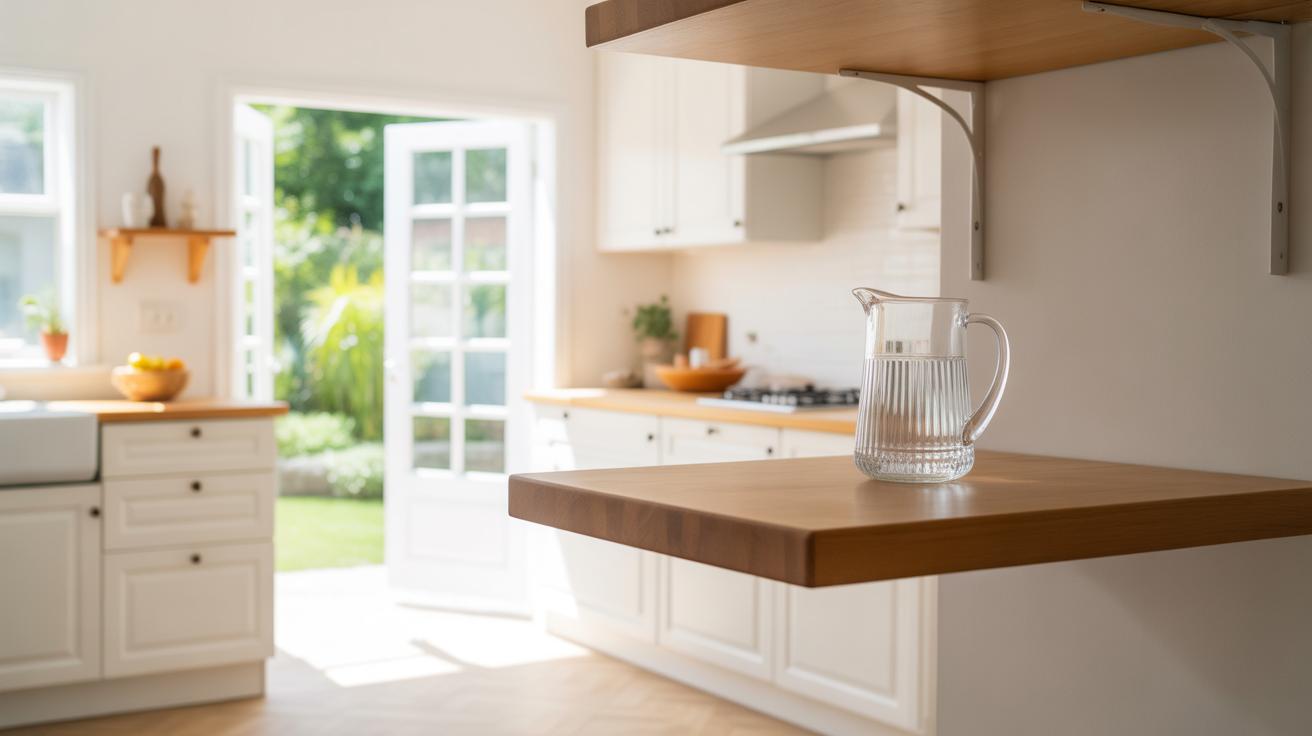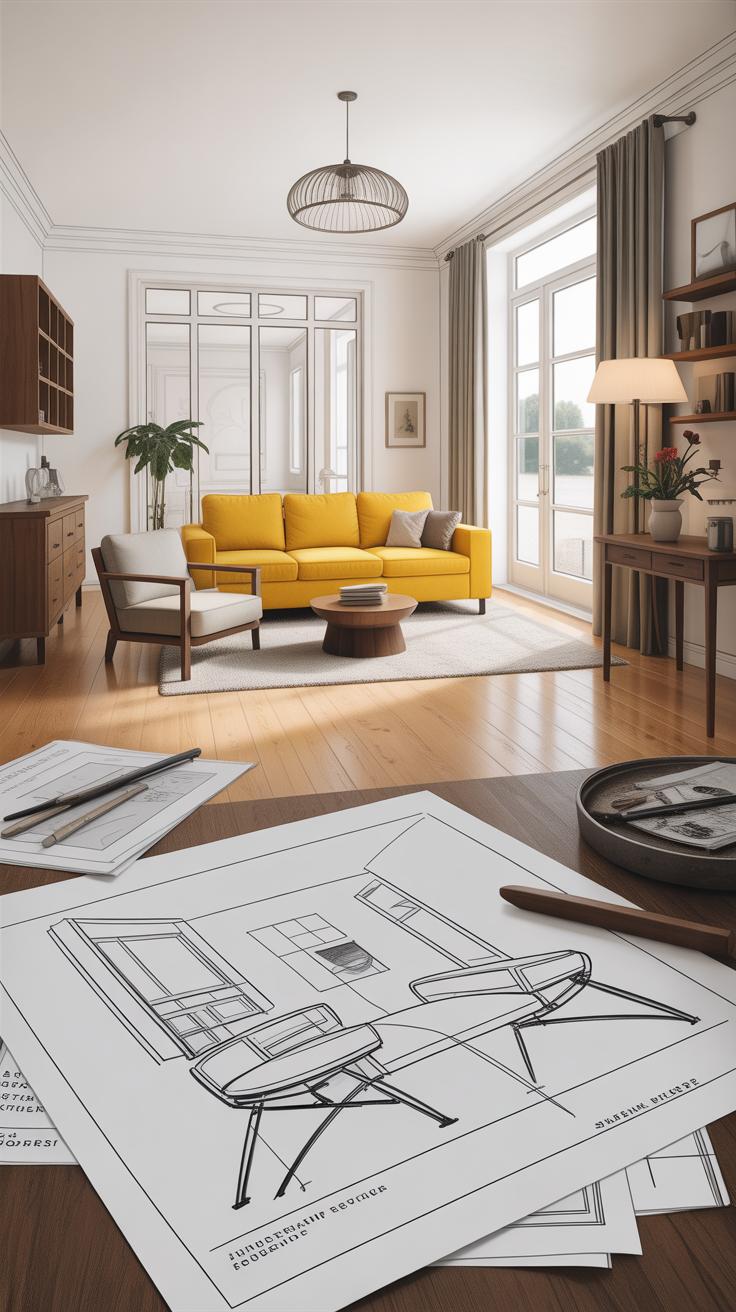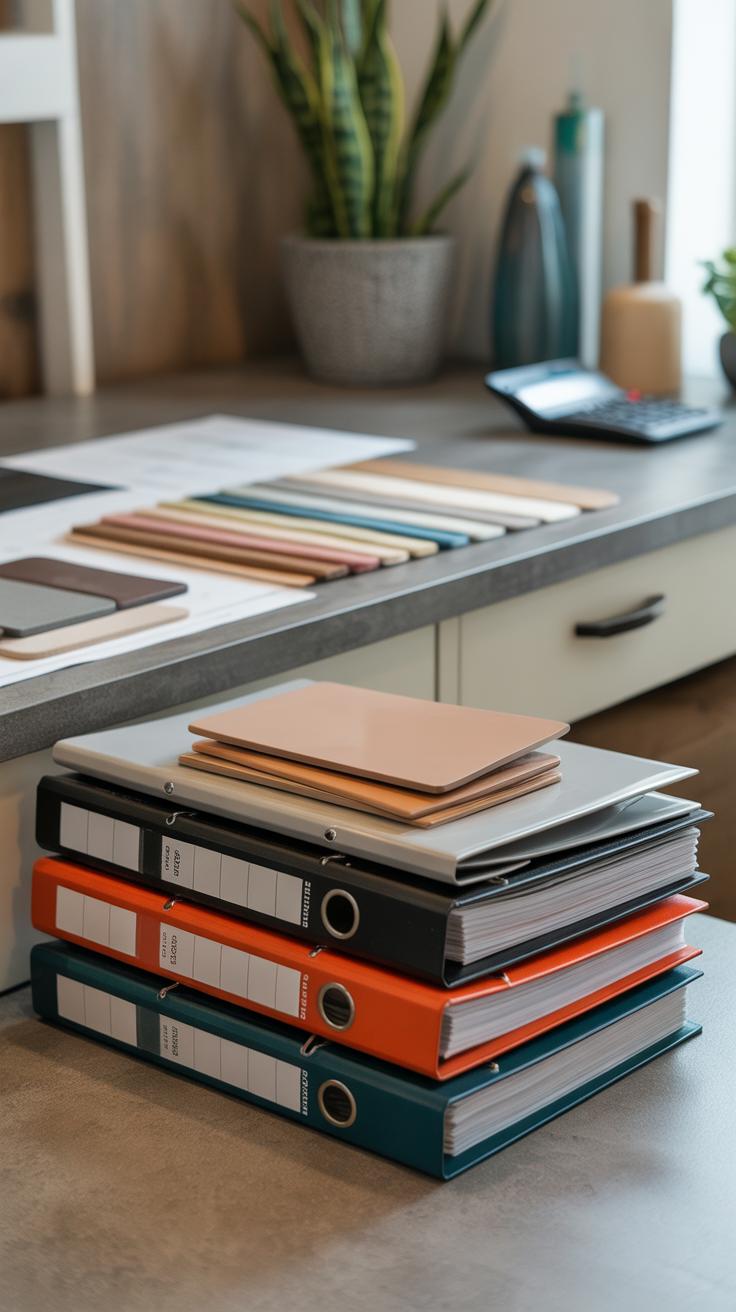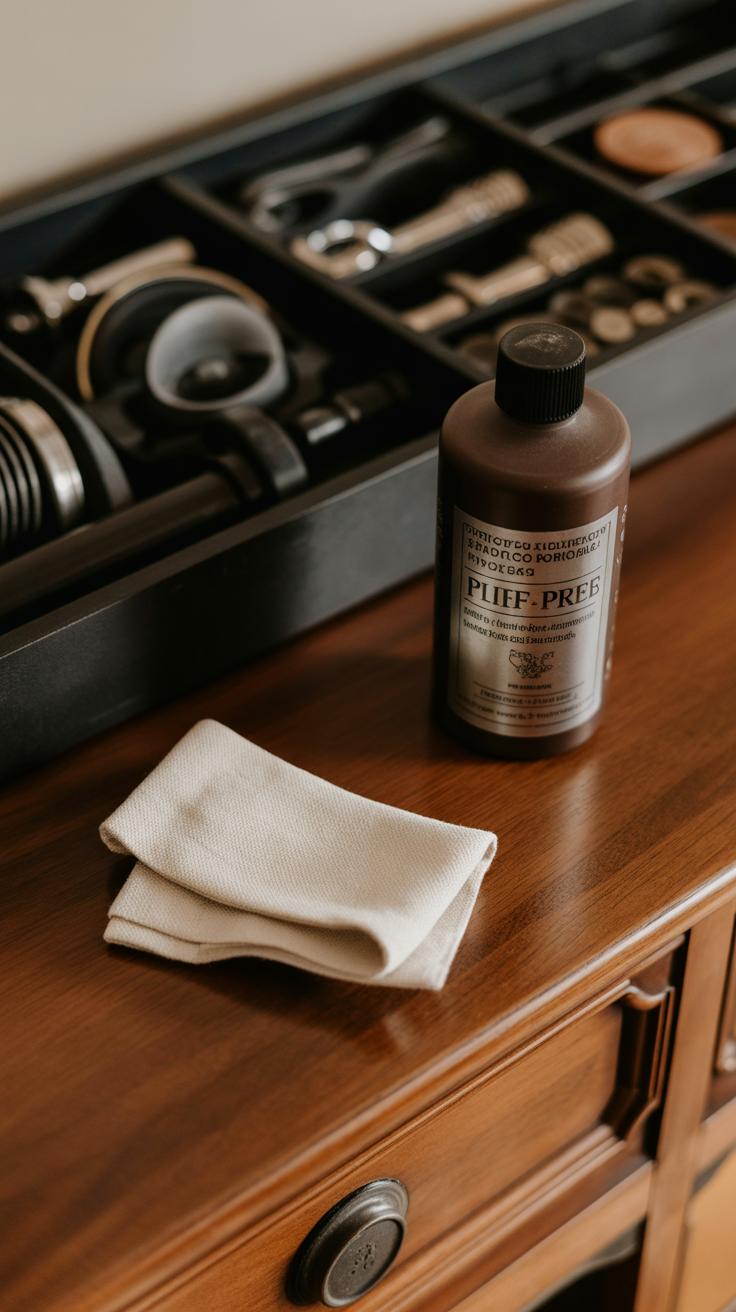Introduction
When planning a kitchen makeover or designing a new space, furniture choices play a key role. They not only support daily cooking and storage needs but also shape the room’s look and feel. Kitchen furniture design is about balancing style with practical use to create spaces that feel good and work well.
You can turn your kitchen into a hub of efficiency and style by carefully selecting each piece. This article explores simple ideas to help you pick kitchen furniture that fits your lifestyle. From cabinets to seating, learn how to make your kitchen both beautiful and useful.
Understanding Kitchen Furniture Basics
When you think about kitchen furniture, it’s not just the big stuff but also the elements that shape how the space works and feels. Kitchen furniture includes cabinets, countertops, shelves, and seating. Each plays a role that is both practical and aesthetic—sometimes both at once.
For example, cabinets are where you store your dishes, pots, and pantry items. They keep things organized and out of sight, helping your kitchen look tidy. Countertops are your main workspace. You prepare food on them, so their surface matters a lot—too rough or too slippery, and it can slow you down.
Shelves offer extra storage or display space. Some kitchens have open shelves where you can quickly grab spices or show off nice dishes. Seating—whether stools, chairs, or benches—allows you or guests to eat, chat, or even work in the kitchen. Each piece has a job that supports how you use your kitchen every day.
Types of Kitchen Furniture
To keep it simple, think of kitchen furniture like these familiar things:
- Tables: Places to eat or work
- Chairs or Stools: Seats that go with tables or counters
- Cabinets: Boxes with doors for storing stuff
- Countertops: Flat surfaces for cooking and preparing food
- Shelves: Open or closed spaces to hold things
These basics show up in almost every kitchen, but their style and arrangement can vary a lot, depending on space and needs.
Role of Kitchen Furniture
Kitchen furniture isn’t just about looking good. It’s crucial for everyday tasks like cooking, storing items, and dining. Cabinets keep clutter away, so you have clear space to work. Countertops give you the area needed to chop, mix, and plate food. Seating means your kitchen isn’t just for preparing meals but also a place to come together.
Sometimes I realize that a kitchen can feel cramped if furniture doesn’t suit the activities done there. Too many bulky cabinets, for instance, can make moving around tough. On the other hand, a lack of seating might leave a kitchen feeling less welcoming. So, choosing the right furniture really shapes, well, how you use your kitchen—and maybe how you feel in it, too.
Choosing Practical Kitchen Cabinets
Cabinet Materials and Durability
When picking kitchen cabinets, the material really matters. Solid wood feels classic and sturdy—oak, maple, or cherry can last decades if you treat them gently. Still, wood can be prone to warping or staining if exposed to moisture, which is almost inevitable in kitchens. So, expect to do some upkeep here. MDF boards, on the other hand, are a popular alternative. They resist cracking and don’t warp as easily, plus they’re usually cheaper. But I’ve noticed MDF can chip around corners, and if water seeps in, it can swell. Paint or laminate finishes help protect both materials, but you’ll want to match those finishes carefully to your kitchen style and how you use the space.
Cabinet Layout and Storage
Figuring out how to arrange cabinets is almost like a puzzle. You want to squeeze out every bit of space, especially in smaller kitchens. Corner cabinets are tricky but valuable—they can be fitted with lazy Susans or pull-out carousels to grab items without bending awkwardly. Pull-out drawers are another lifesaver, offering clear visibility and easy access for pots, pans, or pantry goods. Adjustable shelves let you reshape storage as needs change, which is handy if your kitchen use evolves over time. Think about your daily routine, too: placing everyday dishes or spices at eye level can save frustrating moments. Sometimes the best choice is less about fancy design and more about what feels intuitive for your habits.
Selecting Countertops for Style and Use
Popular Countertop Materials
When you think about countertops, the choices can feel overwhelming—laminate, wood, stone, and more. Each material has its quirks and benefits. Laminate, for example, is budget-friendly and comes in countless colors and patterns, but it can scratch or chip if you’re not careful. Wood brings warmth and character to a kitchen. It’s great if you like a natural feel, though it needs regular sealing to prevent stains and water damage.
Stone counters like granite or quartz offer durability and a bit of luxury. Granite resists heat and scratches, but it may need occasional sealing. Quartz is engineered, so it’s more consistent in pattern and tends to be low-maintenance, though it can be pricier. Marble looks beautiful but can stain easily, so think twice if your kitchen sees lots of spills.
Matching Countertops to Your Kitchen
Picking a countertop isn’t just about the material—you want it to harmonize with your cabinets and overall room vibe. Light wood counters can soften a modern, sleek kitchen, but might clash if your cabinets are heavily stained or dark. Stone countertops in neutral tones work well with both traditional and contemporary styles, but bold colors or patterns might overwhelm a small kitchen.
Sometimes, mixing textures is refreshing. Maybe a smooth quartz countertop paired with matte-finish cabinets? Or a butcher block surface when paired with minimalistic shelves? Colors also matter: darker countertops can hide stains better but may make the space feel smaller. Lighter ones might show wear more quickly but brighten up the kitchen.
What feels right to you? Think about your daily habits, the time you want to spend maintaining surfaces, and how much wear your countertops will endure. Style is key, but use is just as crucial. Take a moment to imagine preparing meals on that surface every day—does it fit your rhythm, or does it seem like more trouble than it’s worth?
Incorporating Smart Storage Solutions
When it comes to keeping kitchens organized, smart storage can make a world of difference. Pull-out shelves often surprise people with how much easier they make it to reach items in the back of cabinets. You might not think much of them until you’ve struggled to grab that awkwardly placed casserole dish.
Lazy Susans work well in corner cabinets, turning otherwise wasted space into something practical. They’re especially handy for bottles, spices, or small pantry items that tend to pile up. Speaking of spices, dedicated spice racks help keep those jars in clear view and out of the kitchen’s chaos. And don’t forget vertical storage options like tall pan racks or narrow pull-outs, which use cabinet height in clever ways.
These ideas aren’t just about stuffing more stuff in—it’s really about keeping what you have neat and accessible. Ready to rethink that cluttered drawer?
Maximizing Cabinet Space
Cabinets don’t have to be just boxes of hidden chaos. Adding features like adjustable shelves can give you flexibility depending on what you store. Deep drawers with organizers help especially when dealing with pots, pans, and their lids—no one likes fishing around blindly.
Try incorporating soft-close hinges if you haven’t yet. They add a nicer feel but also prevent slamming that can wear cabinets down fast. Pull-out trays for appliances or canned goods save knee-deep digging and reduce strain. It’s easy to glance over these small upgrades, but they can change your daily kitchen use entirely.
Using Open Shelving and Racks
Open shelves bring a casual vibe but also serve an obvious function: quick access. They work best where you use items regularly—like plates or mugs near the dishwasher, or cookbooks close to prep areas. But, yes, there’s a catch. Dust and clutter become more visible, so it demands a bit more upkeep or careful styling.
Wall-mounted racks can hold pots or utensils, easing cabinet crowding while keeping things in sight. If you like a bit of personality in your kitchen, open shelving lets you show off interesting dishware or a collection of jars—which can be both practical and a decor statement. Just ask yourself if you’re ready to keep it tidy.
Choosing Kitchen Seating That Fits Your Space
Picking the right seating for your kitchen isn’t just about style—comfort and size matter just as much. Think about how many people usually gather there. Bar stools often work well around a kitchen island or breakfast bar, especially if space is tight. They’re great for casual spots but can be less comfortable for long sitting sessions if the stool lacks a backrest or cushioning.
Chairs with backs provide more comfort and invite longer conversations, making them ideal around a dining table or a larger eat-in kitchen nook. Benches, on the other hand, might sound a bit old-fashioned but can fit a surprising number of people in smaller spaces without crowding. They also create a cozy, communal feel, though sometimes they don’t provide the personalized comfort that individual chairs do.
Types of Seating for Kitchens
Here’s a quick rundown of popular kitchen seating options and where they fit best:
- Bar stools: Perfect for islands and high counters, easy to tuck away.
- Dining chairs: Great for kitchen tables or breakfast nooks, comfortable for longer meals.
- Benches: Work well in small spaces or against a wall, good for family-style seating.
- Built-in seating: Ideal for corners and maximizing limited space, often paired with storage underneath.
- Swivel stools: Add mobility and ease getting in and out—best for bars or islands used for casual eating.
Seating and Kitchen Layout
Your kitchen layout should guide your seating choices, but it’s tricky. Seating that’s too bulky can block traffic flow or make the space feel cramped. On the flip side, too little seating—or uncomfortable options—might discourage socializing altogether.
For example, stools around a narrow island might squeeze the pathway between counters. Chairs around a proper dining table create distinct dining zones, separating meal prep from eating. Benches can open up space but sometimes limit access if people have to climb over each other.
Think about how people move and gather in your kitchen. Do conversations often happen around the counter? Or is the table the heart of your kitchen? Tailoring your seating to match these habits makes the kitchen both practical and welcoming—the kind of place you might actually want to linger in.
Balancing Style With Function in Your Kitchen
Choosing kitchen furniture is more than picking what looks nice on the surface. You want pieces that handle daily use without feeling like a compromise. Think about how you actually move around your kitchen—where you prep, eat, or store things—and let that guide your choices as much as style does.
Colors, textures, and materials play well together when you plan them thoughtfully. For example:
- Matte-finished cabinets can tone down shiny countertops, creating a balanced touch.
- Wood grain brings warmth but might clash with overly sleek metals unless carefully matched.
- Soft fabrics on seating offer comfort but need to coordinate with surrounding hard surfaces for contrast.
Trying to stick strictly to one material or color can feel limiting. Sometimes mixing subtle contrasts—even between smooth and rough surfaces—makes the space feel more alive. I once recommended a client pair satin brass handles with industrial-style shelving; it looked odd on paper but worked surprisingly well in real life.
Finding Your Kitchen Style
Understanding your kitchen’s look starts with familiar styles. Perhaps you lean toward modern kitchens with clean lines and sleek finishes that speak minimalism. Or maybe you like traditional ones, full of carved details, warm woods, and classic hardware. Then there’s the minimalist style—simple forms, muted hues, and almost no clutter.
Knowing this helps when picking furniture because each style comes with its “rules” but also its freedoms. It’s okay to mix a minimalist kitchen with a vintage chair, for instance—if it feels right to you.
Combining Style and Practical Features
Smart kitchen furniture mixes form with function. Consider knobs and pulls: decorative does not have to mean tricky to use. Look for pieces that offer grip and comfort without sacrificing appearance.
Besides hardware, think about furniture that adapts. A cutting-edge cabinet might look great, but if it doesn’t open easily or handle weight well, you’ll regret it daily. Sometimes, the cleverest additions are subtle—like soft-close drawers with stylish fronts or stools with footrests that match your counter finish.
Ask yourself: Does this piece make cooking or cleaning easier? Does it add to my kitchen’s personality but still serve a clear purpose? Being picky here pays off more than you might expect.
Planning Your Kitchen Layout for Furniture
Designing a kitchen layout where furniture fits well and allows smooth movement can be trickier than you might expect. You want to avoid clutter or awkward spaces that make daily tasks harder, yet still keep room for style. Maybe you’ve noticed how cramped some kitchens feel, even if they have decent size. That’s often due to furniture placement that doesn’t match how the space flows.
There are a few common layouts that work well with different furniture types, and knowing these can guide your choices.
Common Kitchen Layouts
The U-shape layout wraps around on three sides, providing lots of countertop space and cabinetry. Furniture here—you’ll want flexible storage options like corner cabinets or pull-out shelves—to not waste any corners. It’s great if you cook a lot and want easy access to everything close by.
Next is the L-shape, which uses two adjoining walls. It leaves one side open for movement or a dining spot. Tables or islands fit nice here, but be careful not to block the flow. Sometimes I feel people underestimate how much walking space furniture needs in an L-shape.
The galley kitchen, with two parallel counters facing each other, often benefits from slim, streamlined furniture to keep aisles clear. You won’t usually fit bulky pieces here without crowding. Still, smart cabinet design or narrow carts can add storage without making it feel tight.
Considering Work Zones
Your furniture should support how you use the kitchen by focusing on distinct work zones. Think about cooking, cleaning, and storage as separate areas. Placing the stove, sink, and fridge within reachable distances but not too close helps avoid unnecessary steps.
For instance, storage furniture near your cooking zone means spices and pots are at hand. Cleaning zones need furniture that accommodates trash bins or dishwasher access without blocking pathways. Sometimes I put too much focus on one zone and forget how movement between zones matters.
Arranging furniture around these zones—rather than just lining pieces up—can make the kitchen feel more natural and smooth to use. Next time you plan, try mapping your most frequent tasks and see if your furniture spots support those actions well. It might shift how you think about placement completely.
Budgeting for Kitchen Furniture
Deciding how much to spend on kitchen furniture can feel tricky, especially when you want both style and function. Start by thinking about your kitchen’s size and what pieces you really need. A large kitchen might allow for a full dining set or an island with extra seating, while a smaller space calls for more compact or multi-use furniture.
Try setting a rough budget range before you even start shopping. This helps prevent overspending on pieces that don’t add as much value. Ask yourself: Which furniture will get the most daily use? Maybe invest more in sturdy cabinets or a solid dining table, where durability really matters.
Saving money doesn’t mean settling for cheap-looking or easily damaged furniture. Look for affordable materials that last—like engineered wood instead of solid wood—or consider open shelving rather than expensive cabinetry. Sometimes, spending a bit more on hardware or finish improves longevity without breaking the bank.
You might also find that mixing higher-end items with budget-friendly pieces creates balance. For instance, a well-made countertop paired with simple stools can make the space feel polished without blowing your budget. It’s about prioritizing what matters most to your daily kitchen use.
Maintaining Your Kitchen Furniture
Keeping your kitchen furniture in good shape takes more than just quick wipes here and there. Different materials ask for different attention, and sometimes what works for one piece could harm another. For example, wooden cabinets tend to respond well to a damp cloth and mild soap, but soaking them or using abrasive cleaners can cause damage over time.
Leather or fabric seats need gentler care. A vacuum to remove crumbs, followed by a spot clean with a suitable upholstery cleaner, usually does the trick. Glass and metal surfaces are often forgiving with a simple vinegar-water mix or glass cleaner, but watch out for streaks or corrosive products that might dull finishes.
Repair work varies. Tightening loose screws on a chair or door is something most can manage, but when hinges start to warp or veneers peel, calling a professional might save you from more trouble. Still, not every scratch demands a pro—some beds of furniture polish or touch-up markers can conceal them nicely, at least for a while.
Have you ever wondered if a tiny fix now avoids bigger headaches later? Sometimes, it’s worth the wait; sometimes not. Trust your instincts, but don’t hesitate to get help if a repair feels beyond your comfort zone. In the end, your kitchen furniture deserves a bit of attention to stay welcoming and functional.
Conclusions
Your kitchen furniture sets the stage for cooking, eating, and gathering. Thoughtful choices ensure your kitchen runs smoothly and looks inviting. Prioritizing function alongside design helps create a space where you and your family feel comfortable and organized.
Try mixing practical elements like smart storage and durable materials with styles that match your taste. Small changes, such as adding pull-out shelves or choosing the right seating, can make a big difference. Use these ideas to guide your kitchen design and create a space that suits you well.

